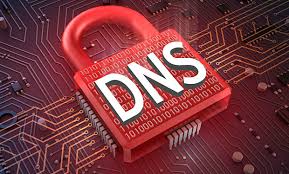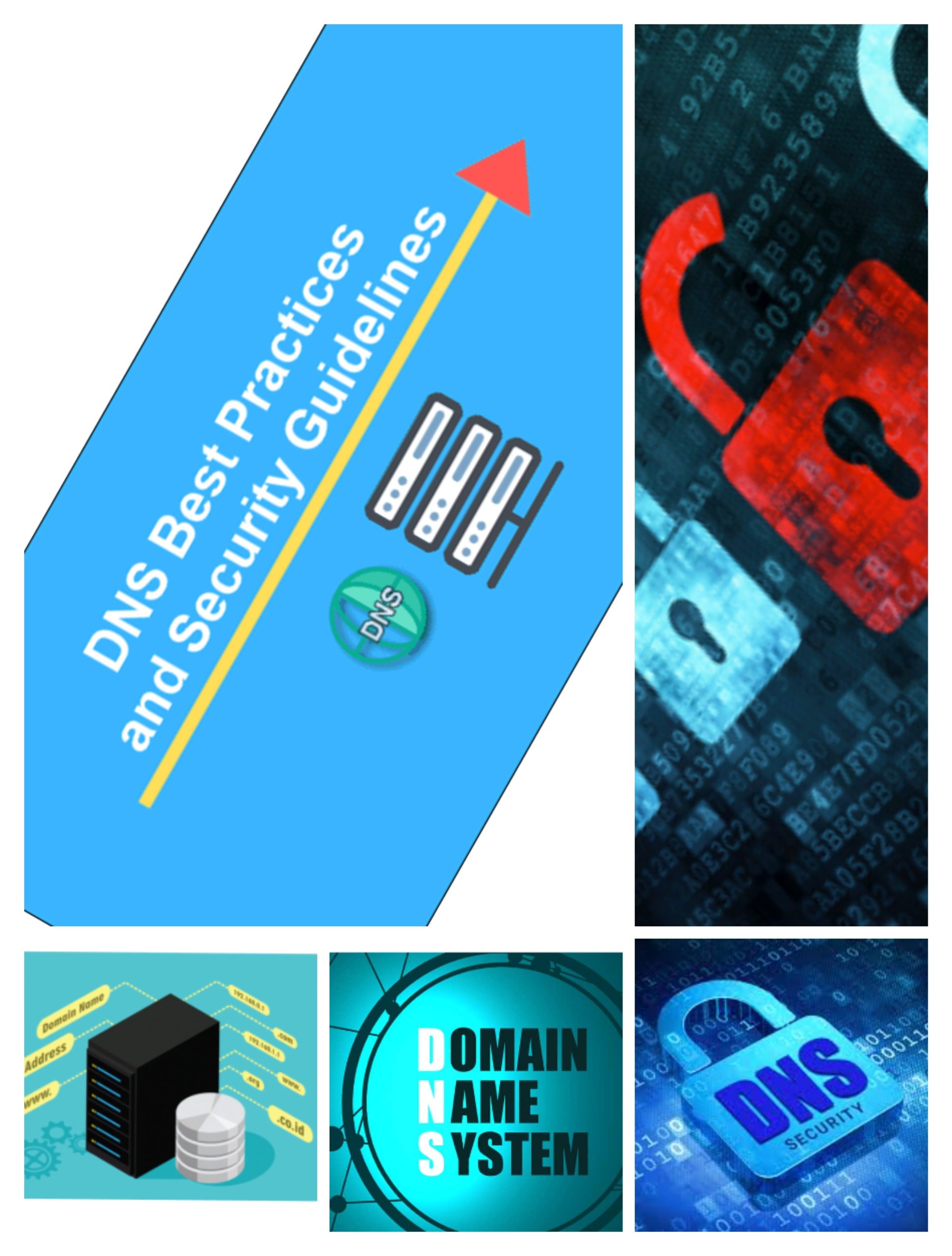DNS (Domain Name System) – DNS is a critical component of the internet infrastructure that translates domain names into IP addresses. However, it is also a prime target for malicious actors seeking to exploit vulnerabilities. To minimize the risk of DNS attacks and protect your organization’s network, implementing these best practices is crucial.
Keep DNS Software Up-to-Date:
Regularly update DNS software to patch security vulnerabilities and protect against known exploits.
Implement Strong Passwords:
Use complex, unique passwords for DNS servers and accounts to prevent unauthorized access.
Enable DNSSEC:
DNS Security Extensions (DNSSEC) ensure the authenticity and integrity of DNS responses, mitigating the risk of DNS spoofing and cache poisoning attacks.
Use Firewalls:
Deploy firewalls to restrict DNS traffic to authorized sources and prevent unauthorized access to DNS servers.
Separate DNS Servers:
Separate authoritative DNS servers from recursive DNS resolvers to limit the impact of a compromise.
Implement Rate Limiting:
Set limits on the number of DNS queries a server can handle per second to mitigate the risk of DNS amplification attacks.
Monitor DNS Traffic:
Regularly monitor DNS traffic for anomalies and suspicious activities that could indicate an ongoing attack.
Employ DNS Filtering:
Utilize DNS filtering services to block access to known malicious domains and prevent users from accessing potentially harmful content.
Enable DNS Logging:
Enable DNS server logging to track and analyze DNS traffic for potential security incidents.
Restrict Zone Transfers:
Configure DNS servers to allow zone transfers only to authorized servers, minimizing the risk of information leakage.
Secure DNS Server Configuration:
Disable unnecessary services and restrict access to DNS server configuration files to prevent unauthorized modifications.
Implement Two-Factor Authentication (2FA):
Enable 2FA for DNS management interfaces to add an extra layer of security against unauthorized access.
Implement DDoS Protection:
Deploy DDoS protection solutions to detect and mitigate DNS-based DDoS attacks, ensuring DNS availability.
Regularly Backup DNS Data:
Backup DNS zone data and configurations regularly to recover quickly in the event of a DNS server compromise or failure.
Encrypt DNS Traffic:
Use DNS over TLS (DoT) or DNS over HTTPS (DoH) to encrypt DNS queries and responses, safeguarding against eavesdropping and tampering.
Implement IP Whitelisting:
Allow DNS queries only from authorized IP addresses to minimize the risk of DNS spoofing and unauthorized access.
Educate Users:
Raise awareness among users about the importance of DNS security and educate them about common DNS attack techniques.
Conduct Penetration Testing:
Regularly perform DNS-specific penetration tests to identify vulnerabilities and weaknesses in your DNS infrastructure.
Enable Query Name Minimization:
Implement query name minimization to reduce the exposure of sensitive information to DNS resolvers.
Disable Recursion if Not Required:
If you don’t need recursive DNS resolution, disable recursion on your authoritative DNS servers to reduce the attack surface.
Implement Network Segmentation:
Segregate DNS servers into separate network segments to prevent lateral movement in case of a compromise.
Use Anycast DNS:
Implement Anycast DNS to distribute DNS queries across multiple geographically dispersed servers, enhancing redundancy and resilience.
Regularly Review DNS Logs:
Analyze DNS logs for suspicious activities, such as repeated failed queries or large amounts of traffic from unusual sources.
Conduct Security Audits:
Periodically conduct comprehensive security audits of your DNS infrastructure to identify and address potential weaknesses.
Monitor DNS Blacklists:
Monitor DNS blacklists to identify if your DNS infrastructure has been flagged as a source of malicious activity.
Implement Role-Based Access Control (RBAC): Assign appropriate roles
Encrypt DNS traffic, conduct penetration testing, educate users, and regularly review DNS logs to mitigate the risk of DNS attacks and ensure a secure DNS infrastructure.
RS Techies (Saad Ahmed)



